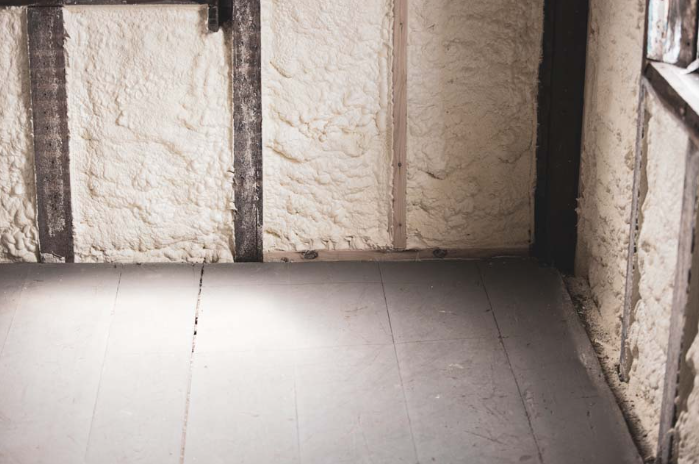Blogs
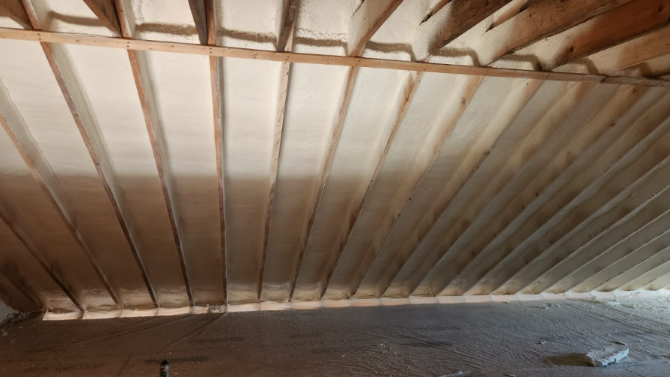
Insulation can help keep the indoor temperature at a certain level, saving energy and improving the overall...

When summer heat arrives, keeping your home cool and cozy can seem like a constant struggle. Air conditioners...
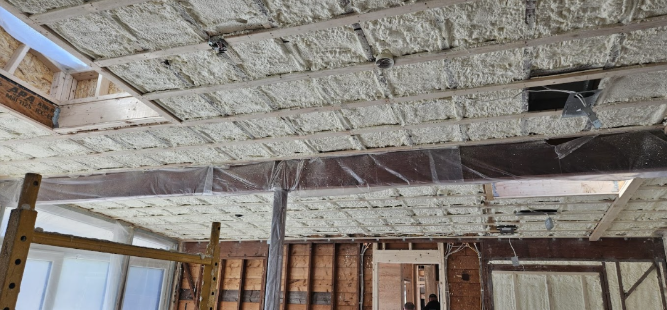
Spray foam is quickly becoming the best option for insulating your home. Spray foam can fill in the gaps,...
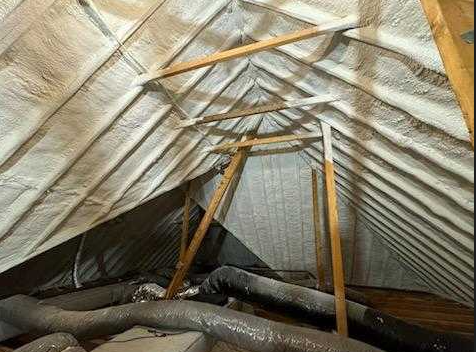
Insulation is the basis for energy efficiency and comfort in any building. Spray foam insulation is one...

The right insulation choice in your attic is critical to the energy efficiency, comfort, and long-term...

The best basement insulations are sprays, including foam insulation as a long-term solution, with moisture...
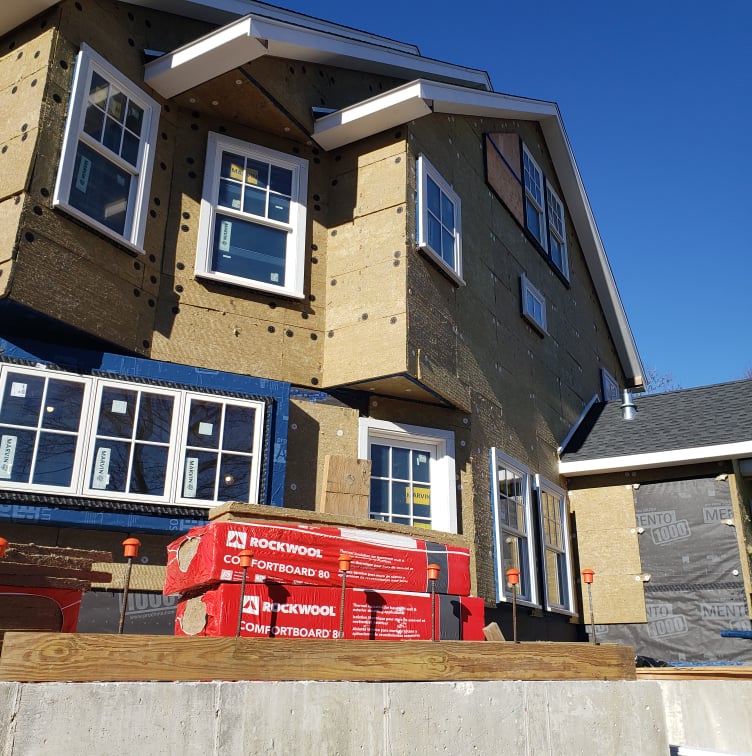
Net Zero and Passive homes are the ultimate in sustainable building and is the cutting-edge progression...
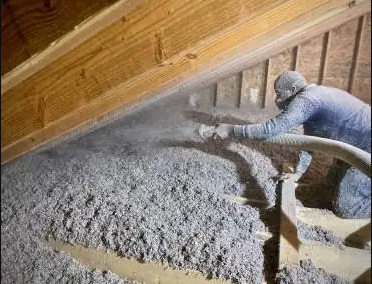
Made primarily from recycled materials (i.e., newspaper), cellulose attic insulation is a more environmentally...
No posts found






